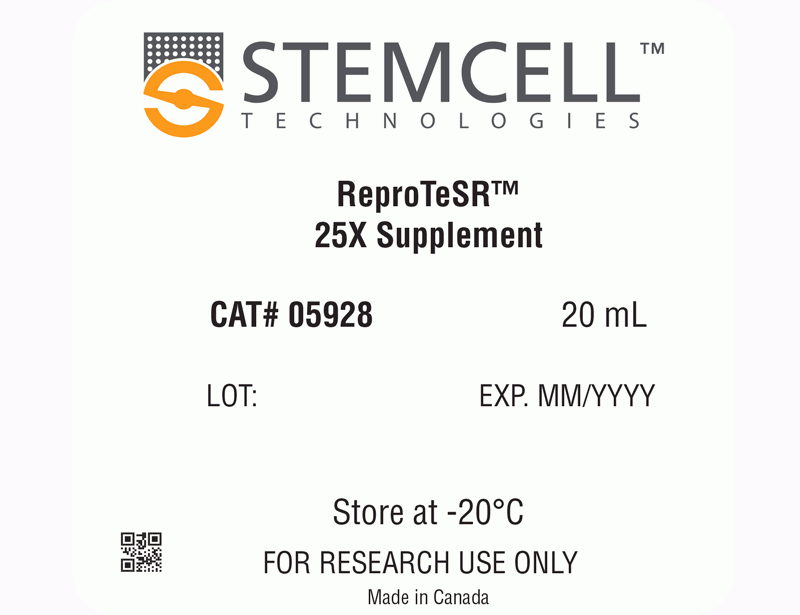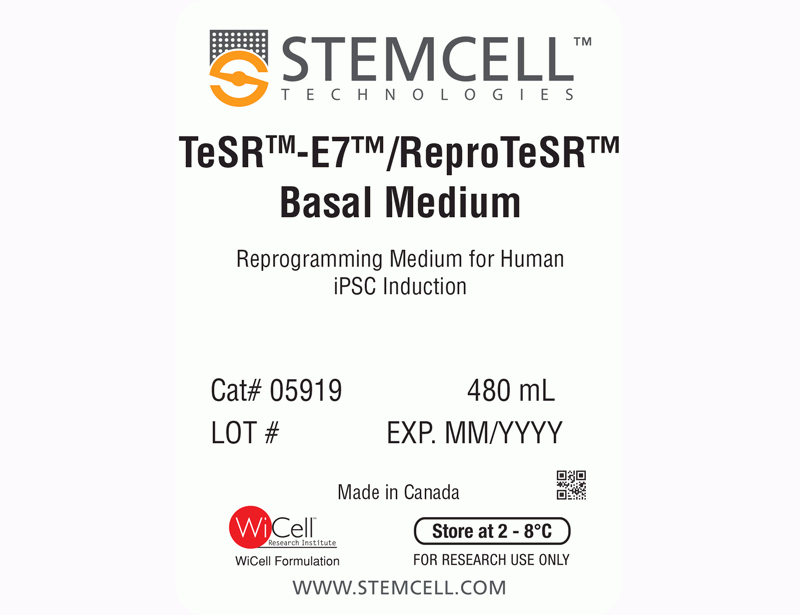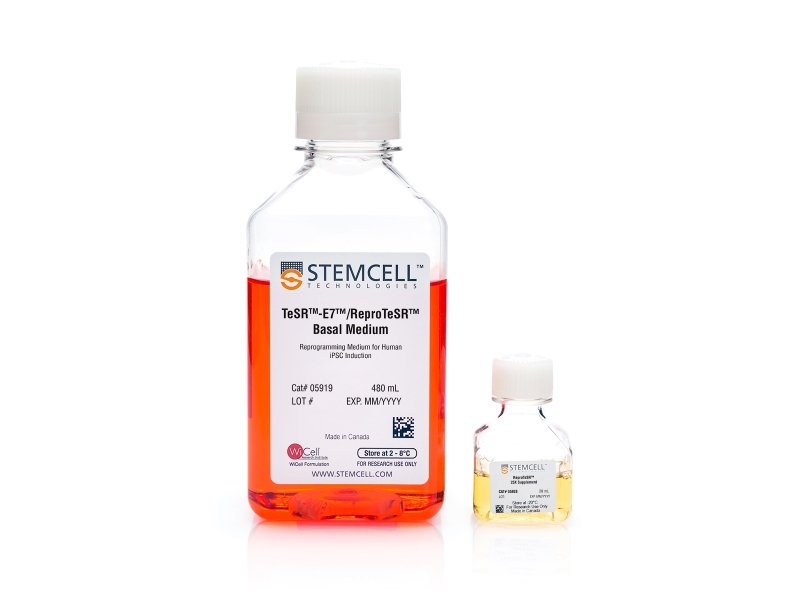ReproTeSR™ Medium for Reprogramming (2-Component)
ReproTeSR™ is also available as part of an integrated set of tools that are optimized for reprogramming blood-derived cell types expanded in vitro from peripheral blood, such as CD34+ cells (CD34+ Progenitor Reprogramming Kit, Catalog #05925) or erythroid cells (Erythroid Progenitor Reprogramming Kit, Catalog #05924).
• Rapid emergence of large colonies with high-quality iPS cell-like morphology facilitates identification and subcloning for easily establishing iPS cell lines
• Seamlessly integrates with STEMCELL products prior to reprogramming and after iPS cell generation for maintenance and differentiation
| Document Type | 产品名称 | Catalog # | Lot # | 语言 |
|---|---|---|---|---|
| Product Information Sheet | ReproTeSR™ Medium for Reprogramming (2-Component) | 05926 | All | English |
| Safety Data Sheet 1 | ReproTeSR™ Medium for Reprogramming (2-Component) | 05926 | All | English |
| Safety Data Sheet 2 | ReproTeSR™ Medium for Reprogramming (2-Component) | 05926 | All | English |
Data
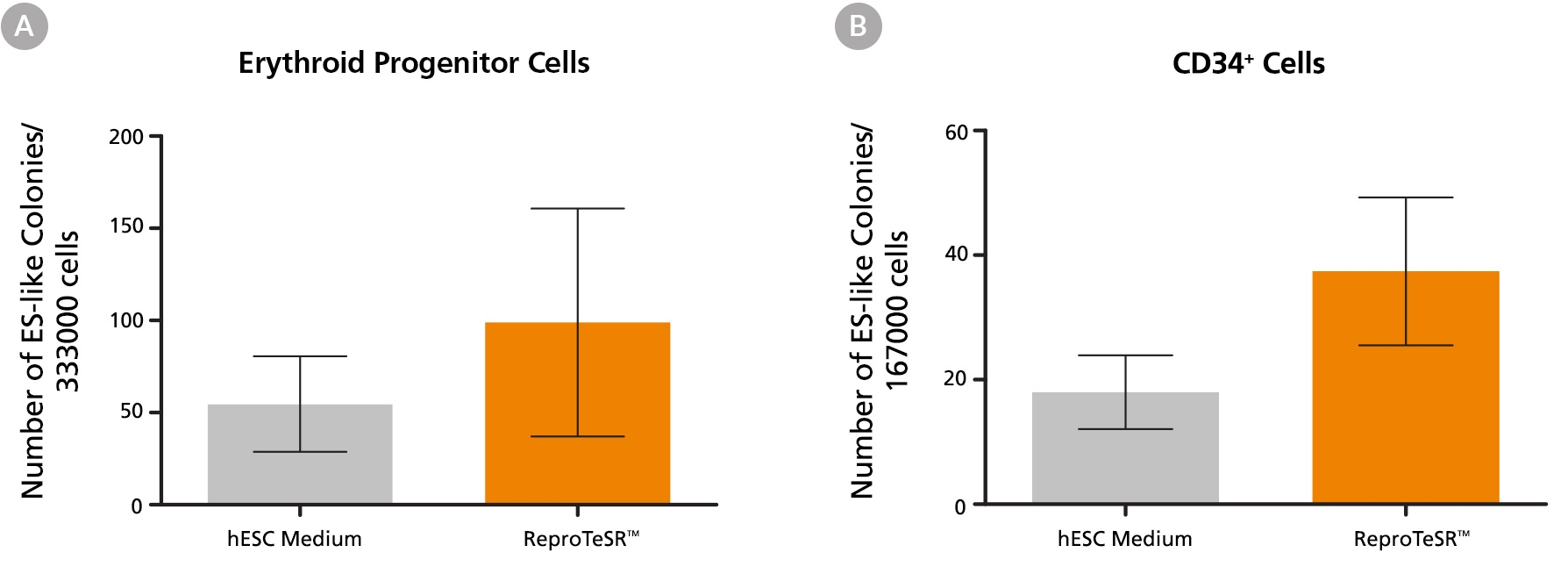
Figure 1. Blood Cell Reprogramming Efficiencies Are Higher in ReproTeSR™ Medium Compared to in hESC Medium
Efficiency of reprogramming (A) erythroid cells or (B) CD34+ cells using episomal reprogramming vectors is higher in ReproTeSR™ medium compared to in KOSR-containing hESC medium. Data shown are mean /- SEM; erythroid cells, n=4; CD34 cells, n=5.
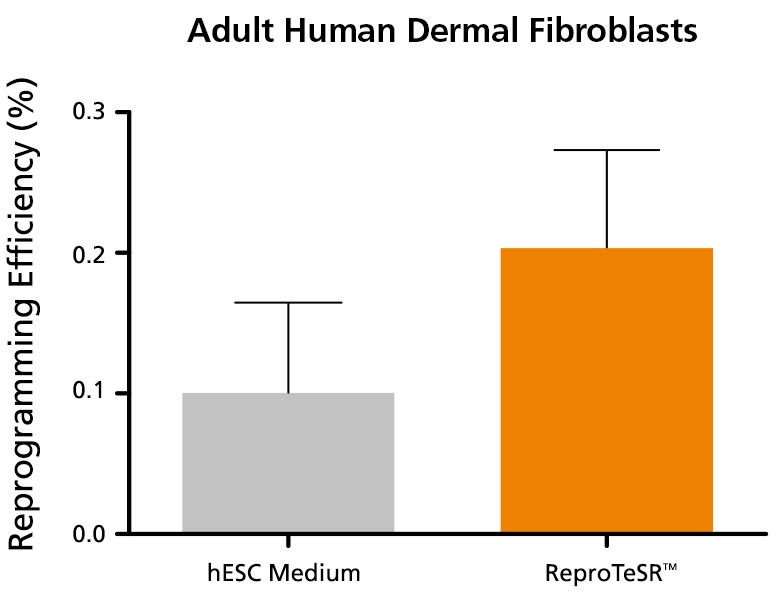
Figure 2. ReproTeSR™ Efficiently Reprograms Fibroblasts
Dermal fibroblasts were transfected with the ReproRNA™-OKSGM vector and reprogrammed under feeder-dependent (standard KOSR-containing hES cell medium on inactivated mouse embryonic fibroblasts (iMEFs)) or feeder-independent conditions (ReproTeSR™ on Corning® Matrigel®). Fibroblasts (passage 4) were reprogrammed with average efficiencies of 0.10 ± 0.06% (hES cell medium) and 0.20 ± 0.07% (ReproTeSR™). Reprogramming efficiency of fibroblasts with ReproRNA™ and ReproTeSR™ is comparable to that reported with Sendai virus. (Schlaeger TM, et al. (2015) Nat Biotechnol 33(1): 58-63.) (n ≥ 6; Data shown are mean ± SD).
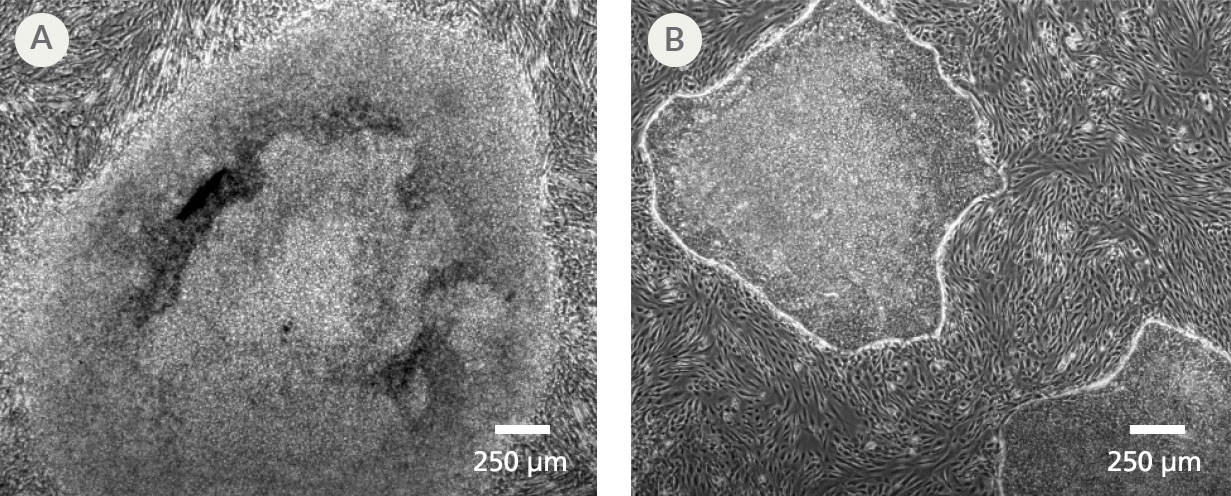
Figure 3. Feeder-Free Reprogramming with ReproRNA™-OKSGM Vector and ReproTeSR™ Generates iPS Cell Colonies with Superior Colony Morphology
Representative images of iPS cell colonies were generated using ReproRNA™‑OKSGM and cultured in (A) standard hES cell medium on irradiated mouse embryonic fibroblasts (iMEFs) or (B) ReproTeSR™ on Corning® Matrigel®. iPS cell colonies derived using ReproTeSR™ exhibit more defined borders, compact morphology, and reduced differentiation as compared to the ES cell medium.

